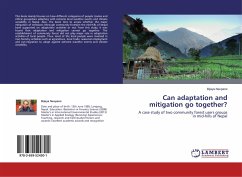Over the last years, the use of credit insurance has become even more vital since it also helped financial institutions reduce their risk-weighted assets by way of risk mitigation. Historically, credit insurance was a way to minimize the counterpart and country (political) risks; however, under Basel II and III provisions, it helps banks to optimize their capital adequacy as well. This qualitative research study elaborates the economis aspects, capital relief of European banks in addition to the risk mitigation funtion of credit insurance. The study is a real-life and professional business life driven so that business professionals, too, would benefit from this research study. The paper, based on the true experience of different bankers in Europe reports that credit insurance mostly accomplishes the targets of financial institutions in order to opmize their portfolio, reduce risk-weighted assets and relieve their capital. This study would help risk managers, business experts and any other involved parties in credit insurance, align with the business practices of other and similar institutions.
Bitte wählen Sie Ihr Anliegen aus.
Rechnungen
Retourenschein anfordern
Bestellstatus
Storno








